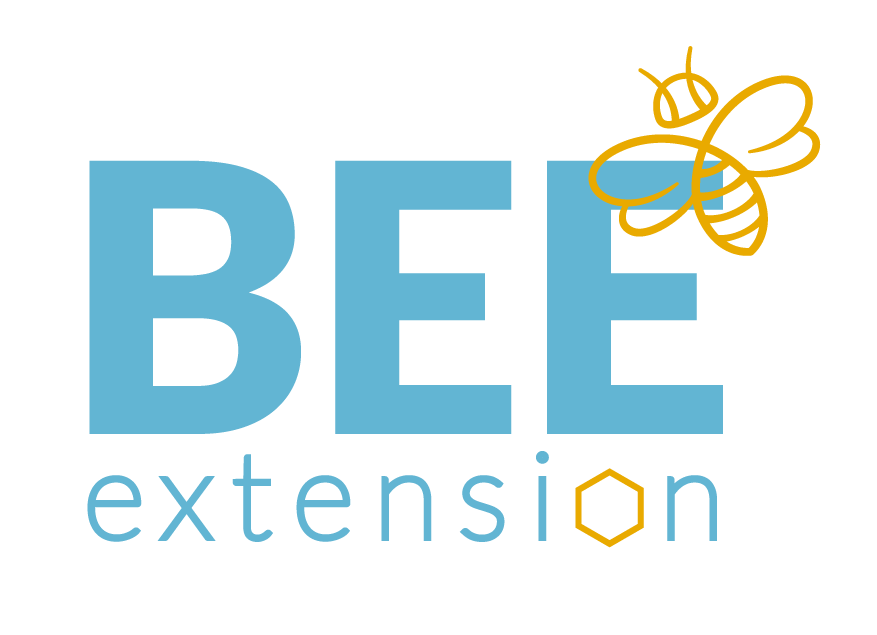Using communications to raise awareness, implement new knowledges and to help change behaviours are an important instrument in all aspects of societal development. Institutionalised communications, as in advisory services and extension activities, have been used successfully in many sectors. This is also true for the beekeeping sector.
However these experiences clearly demonstrate that, if we really want to change human behaviours, we need to do more than just provide people with scientific information. We need to be strategic in how we use communications to help achieve our policies and objectives. With new technologies introduced, an exponential increase in our total knowledge production, as well as stronger demands on participation and involvement from stakeholders, the forms of communication are changing. New tools are developed and combined in innovative ways. Knowing what to do when and why is the core competence in strategic communication.
Raising awareness of needs, demands and problems is not enough. From a communications perspective raising awareness is just one step on the path to changing behaviour. Aiming to reach a sustainable management of resilient bee populations (Smartbees) is all about doing thing differently. In order to be truly effective in this we need to understand how to reach our target audiences, in our case beekeepers as well as other stakeholders involved in decision making, and we need to have a clear understanding of exactly what will motivate these audiences to change. This is not a simple task, as most of those of you having worked with beekeepers for a long time are well aware of.
We live in complex world of competing interests where different concerns are often pushed to the bottom of the heap. “Why should I worry about Varroa when I don’t have a problem with it today?”, “Why should I worry about preserving the local breeds of bees, when all I want is to make management easy and harvest a lot of honey?”
Many of the beekeeping extensionists (researchers, experts and other advisors) are working on a daily basis with beekeepers and are well aware of the challenges. They also often work with a pressure to deliver tangible results (increase productivity, decrease diseases, introduce new beekeepers to the art of beekeeping, etc.). Often the pressure to deliver results is reflected in our communications materials – with not so much funding, with a broad target group, and without strategic thinking, we feel pressured to produce brochures and newsletters that talk about scientific findings and best practice, rather than thinking about the sorts of communications tools that will really help our target audiences to change what they are currently doing. This extension tool-box is one way to increase awareness and to give some concrete input on how to work with processes of change.
If we want to reach a more sustainable management of resilient bee-populations then we have to provide the beekeepers, as well as opinion leaders and decision-makers, with clear and compelling reasons to act. And we need to do this in creative and compelling ways. If a beekeeper develop positive attitudes, a motivation, understands that change is needed, what can be done and have the tools to do it, s/he may suddenly decide to change practices.
It is also important to remember that communication is just one behaviour change tool among others, but it can also be used very effectively to help advocate for the introduction of other tools, such as new legislation, regulations, economic incentives, or penalties. When all other avenues have been exhausted communications is vital in helping people to understand the rationale for introducing these tougher measures.
If we want to improve the effectiveness of our communications we should look carefully at how strategic communications tools have been employed in other areas. There is no reason why the same strategic approach cannot be applied to promoting sustainable management of resilient bee populations. In this extension tool-box we have specifically looked at methods and tools used in other parts of the agricultural sector (i.e., agricultural extension and advisory services).
The tool-box should be used for inspiration and reflection on how you could work more strategically, more consciously, and more effective in order to reach your objectives as a beekeeper extensionists.
